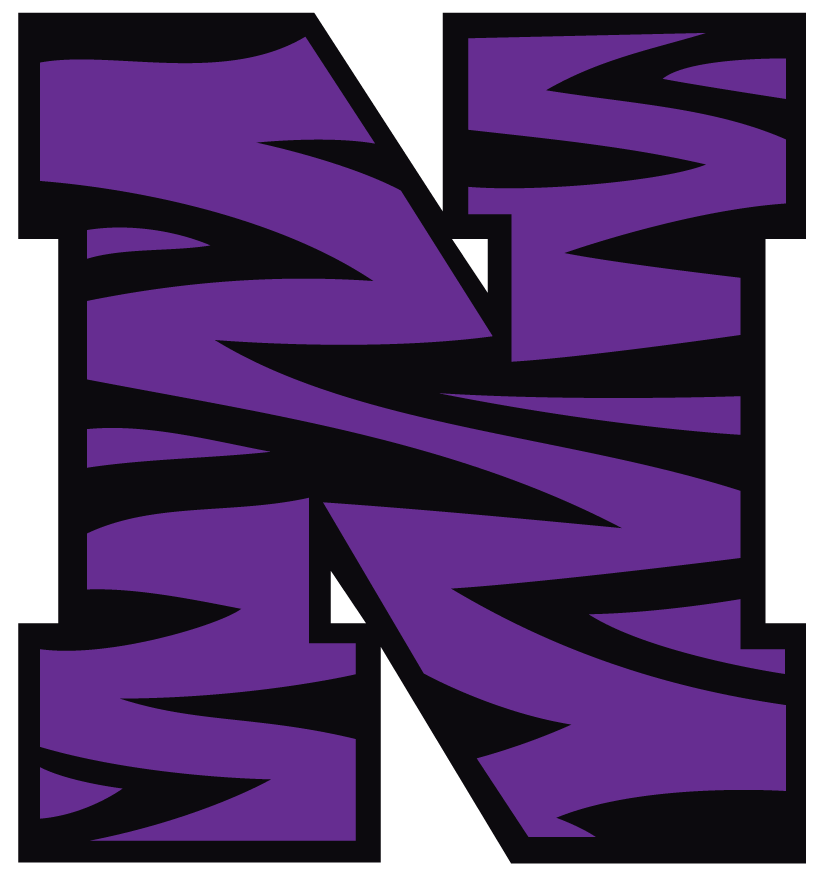Skip to content
Staff and Student Resources
Show submenu for ENROLLMENT
Show submenu for SERVICES
SERVICES
Technology
Show submenu for SCHOOL BOARD INFORMATION
Show submenu for CURRICULUM
MILITARY RECOGNITION
Show submenu for EMPLOYMENT
Show submenu for CONTACT
Show submenu for
